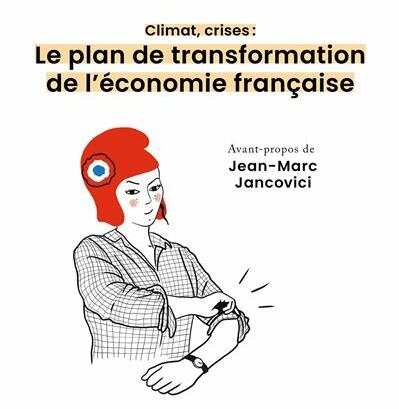 This is the question leading the study of the consulting firm Carbone 4, presented on 24 January by Hélène Le Teno at Sciences-Po’s Institute for Sustainable Development and International Relations (IDDRI) and reported by an article on the Actu-environnement website.
This is the question leading the study of the consulting firm Carbone 4, presented on 24 January by Hélène Le Teno at Sciences-Po’s Institute for Sustainable Development and International Relations (IDDRI) and reported by an article on the Actu-environnement website.
While discussions on this major urban renewal plan are very animated, the results presented have raised numerous questions. The study first suggests we need “to put on different spectacles” if we are to fully comprehend that all areas of the economy, and therefore transport, will be profoundly affected by the double challenge of energy sustainability and climate change. Several scenarios have been envisaged that take various possibilities in the matter of reducing hydrocarbons and developing energy, alternative means of transport as well as political will into account. This analysis chart is used to assess the suitability and resilience of the different projects included in the Grand Paris (Greater Paris) plan.
One finding that clearly emerges is that rail transport is far from being the “low carbon” option. For instance, digging a one-kilometre tunnel in the Paris region will produce nearly 40,000 tonnes of CO2, raising legitimate questions about the viability of constructing new metro lines. On the contrary, reinforcing existing lines (especially RER lines) and installing tram-train lines would be much more suitable and resilient solutions, being lighter in infrastructure, leaner in investment and above all lower in terms of GHG emissions.
Picture credits: © Thomas LAUNOIS – Fotolia.com

